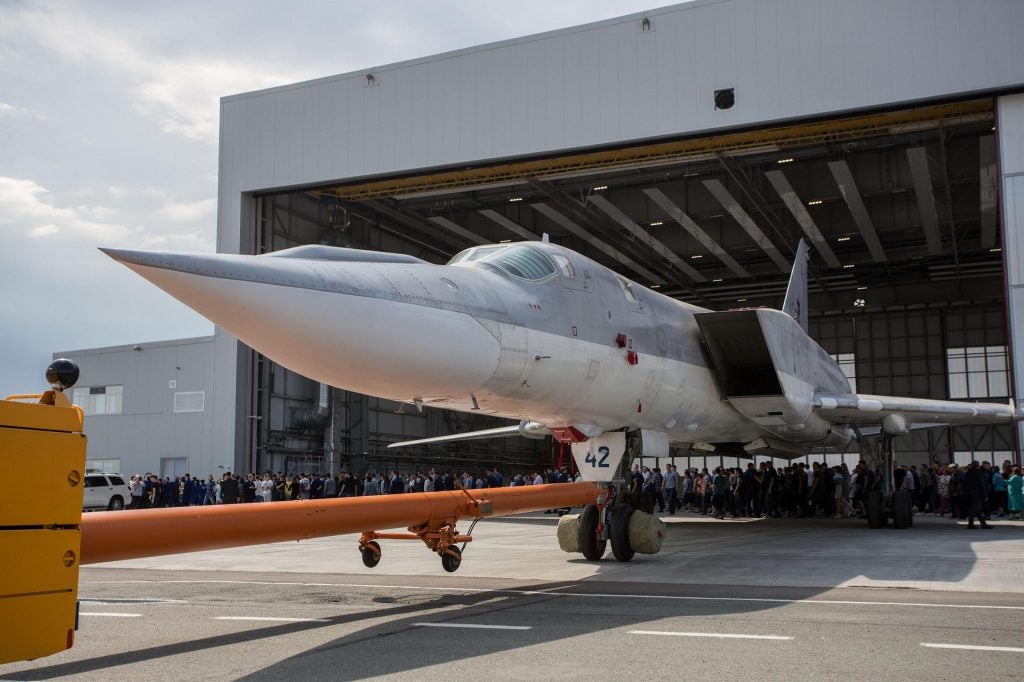Tupolev Continues Testing Modernized Tu-22M3 Bombers For The Russian Airforce
Tupolev’s press office confirmed on 27 May, that their second Tu-22M3M prototype is currently undergoing equipment testing, and has recently performed its first supersonic flight.
The aircraft is being tested at the airfield of the Kazan Aviation Enterprise. While the first prototype first flew in late December 2018, the second bomber performed its maiden flight in March 2020. Their preliminary trials are scheduled for completion by the end of 2020.
The Tu-22M3M is a thorough modernization of the Tu-22M3. It features significantly upgraded avionics, a capable electronic countermeasure suite, a modern navigation system and more powerful radar, as well as the engines of the Tu-160M2 Blackjack strategic bomber. Perhaps the most important parts of the upgrade, among different types of precision-guided munitions, are the new cruise missiles the bomber will be able to carry.
The Kh-32, developed specifically for the Tu-22M3M, is a direct descendant of the Kh-22 carried by older models of the Tu-22M. It shares its body with the older missiles, but features a radically increased effective range, has a higher flight ceiling, and higher resistance to radar jamming. These features make it a more capable of penetrating the air defenses of modern surface action groups or carrier battle groups.
It will also carry the Kh-47M2 Kinzhal hypersonic missile, which provides a huge advantage over all existing anti-ship missiles in Russian inventory due to its extreme range and speed. Defending against hypersonic (Mach 5+) threats is very difficult even for modern surface-to-air missile (SAM) systems since the defender’s engagement time window is much smaller when compared to a traditional missile threat. Moreover, some SAMs are simply incapable of intercepting objects flying at the velocities hypersonic missiles can reach.
Russia plans to upgrade 30 of its Tu-22Ms to this new standard once the testing period finishes, and they will definitely pose a significant threat to opponent naval vessels.

